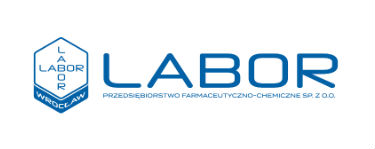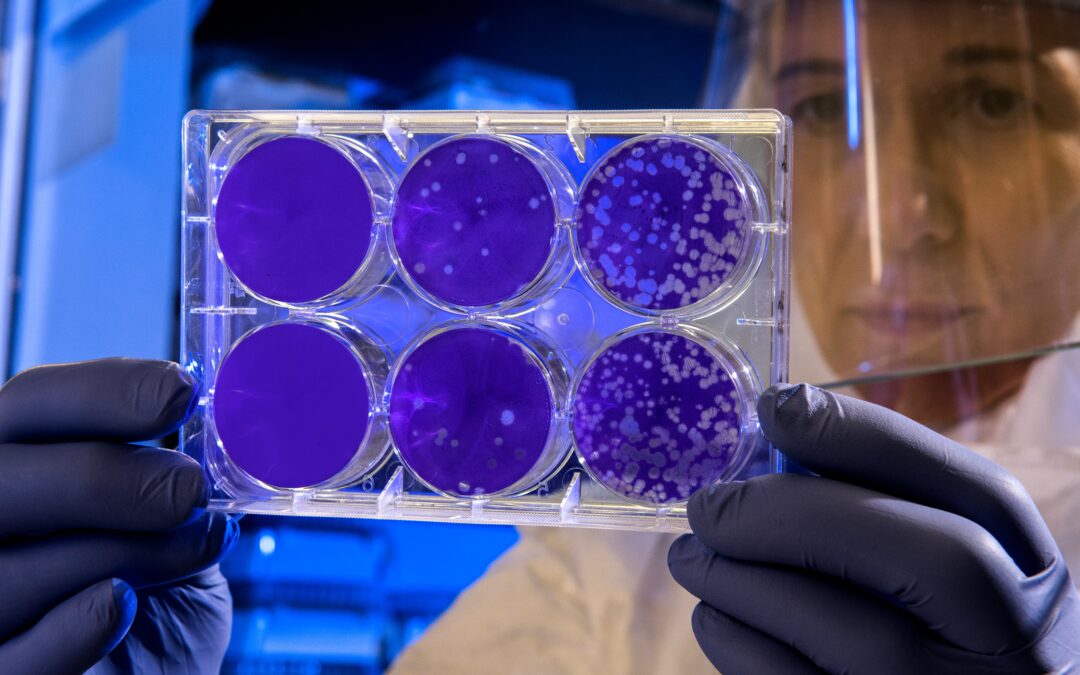We have already told you a bit about how drugs, dietary supplements and the starting materials for their production are tested. But that’s not all. We also take a closer look at the microbiological media on which these analyses are carried out. We are obliged to control their features on our own.
To make sure that the substrates we use are of appropriate quality, we check the parameters described below.
– Sterility of substrates – this analysis is used to check whether the purchased substrate is not contaminated with any microorganism. Otherwise, it would falsify the result of the analysis by showing a false-positive presence of the micro-organism in question and / or overestimating the Total Aerobic Number (TAMC) or Total Yeast and Mould (TYMC) result. The analysis of sterility allows to exclude such situations.
– Fertility of substrates – in order for a given medium to be useful, it must be fertile, which simply means that certain microorganisms can grow on it. If this were not the case, we could have obtained false negative results for the micro-organism in question or underestimated results when determining TAMC and TYMC. To test the fertility of the media, reference strains, which we discussed in one of the previous entries, are used.
– Selectivity of media – selective media are characterized by the fact that they inhibit the growth of some microorganisms, and facilitate the development of others. In order to confirm such a property of a specific medium, the reference strains are inoculated again and it is confirmed that it grows those microorganisms that should and those that should not be there. In addition to selective media, we can deal with differentiating media, on the basis of which, based on the appearance of colonies of different microorganisms, we can distinguish different microorganisms from each other – here also reference strains are used.
If you would like to commission us to analyse the sterility, fertility and selectivity of microbiological media, please contact us at: laboratorium@labor.com.pl, b.wieclaw@labor.com.pl or r.kowalczyk@labor.com.pl to determine the details.
We invite!

AUTHOR: mgr inż. Katarzyna Trębicka




